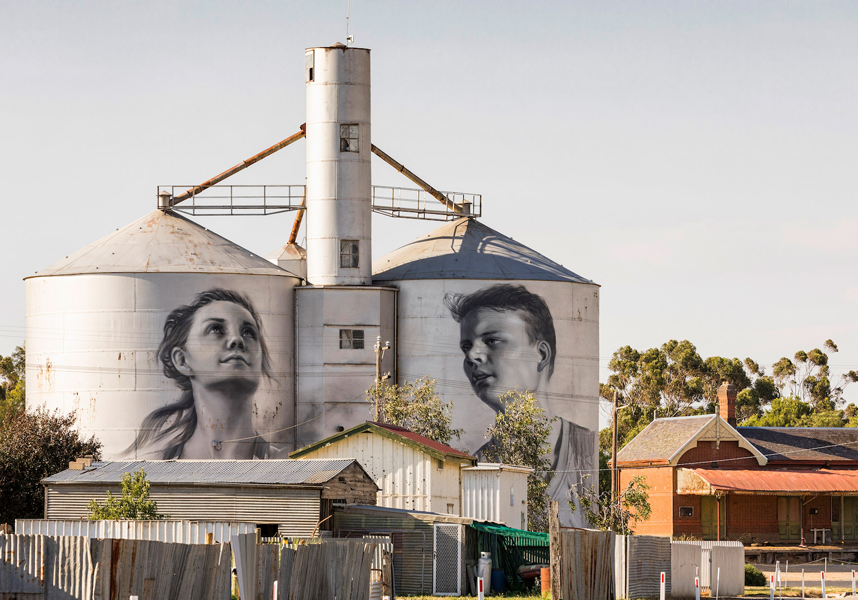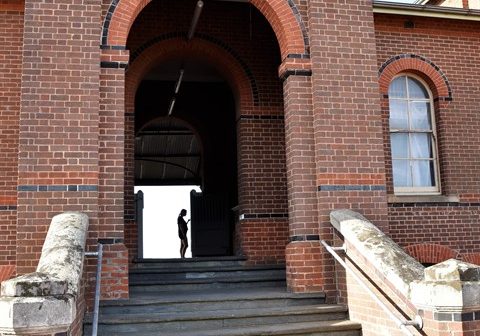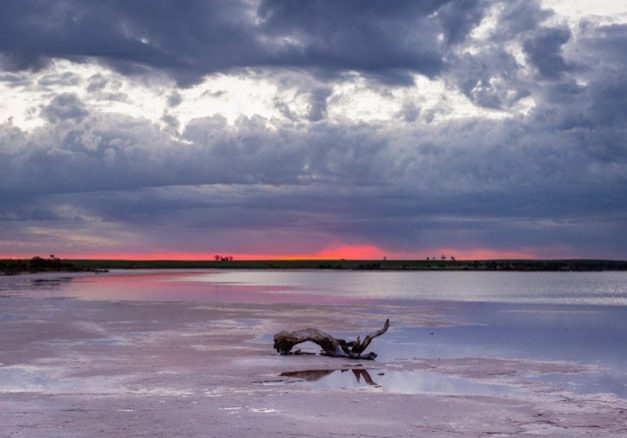Murtoa, Victoria
Aboriginal for “Home of the Lizard”, the land around Murtoa was occupied by squatters McPherson and Taylor in early 1844 and incorporated into their “Stations” Longerenong and Ashens covering over 200,000 acres.
Following various subdivisions and owners, including Sir Samuel Wilson, after whom Wilson Hall at Melbourne University is named, the Land Act of 1869 divided the area into 320 acre blocks for lease and eventual purchase by selectors, many of whom were German families from South Australia.
The site at Marma Gully Swamp was surveyed in 1873 and settled soon after, rapidly becoming the large grain town of Murtoa with the State’s largest grain receival centre on the main Melbourne to Adelaide rail link. Murtoa abounds in both, with a largely original early 1900’s shopping centre & many buildings of significance throughout the town. These include the Sprott Fountain (1884-96), the Rotunda (1907) and the Memorial Gates (1920), all located at the Lake Marma Reserve. Others are CBA Bank (1882), Mechanics ( 1928),Railway Station (1878), Primary School (1875), Dr Rabl’s residence (1897), Marma Gully Hotel (1913) and many other private houses, churches, and public institutions from the 1880’s to 1920’s.
Today, Murtoa has several industries and a permanent population of approximately 1000. Lake Marma in the centre of town is regarded as one of the States most picturesque small lakes and the town still features many fine buildings and heritage streetscapes.
SEE & DO Things to See and Do in Murtoa
SHOP Shopping options in Murtoa
Coming soon
EAT & DRINK Eateries and Restaurants in Murtoa
Coming soon
STAY Accommodation options in Murtoa
Coming soon



